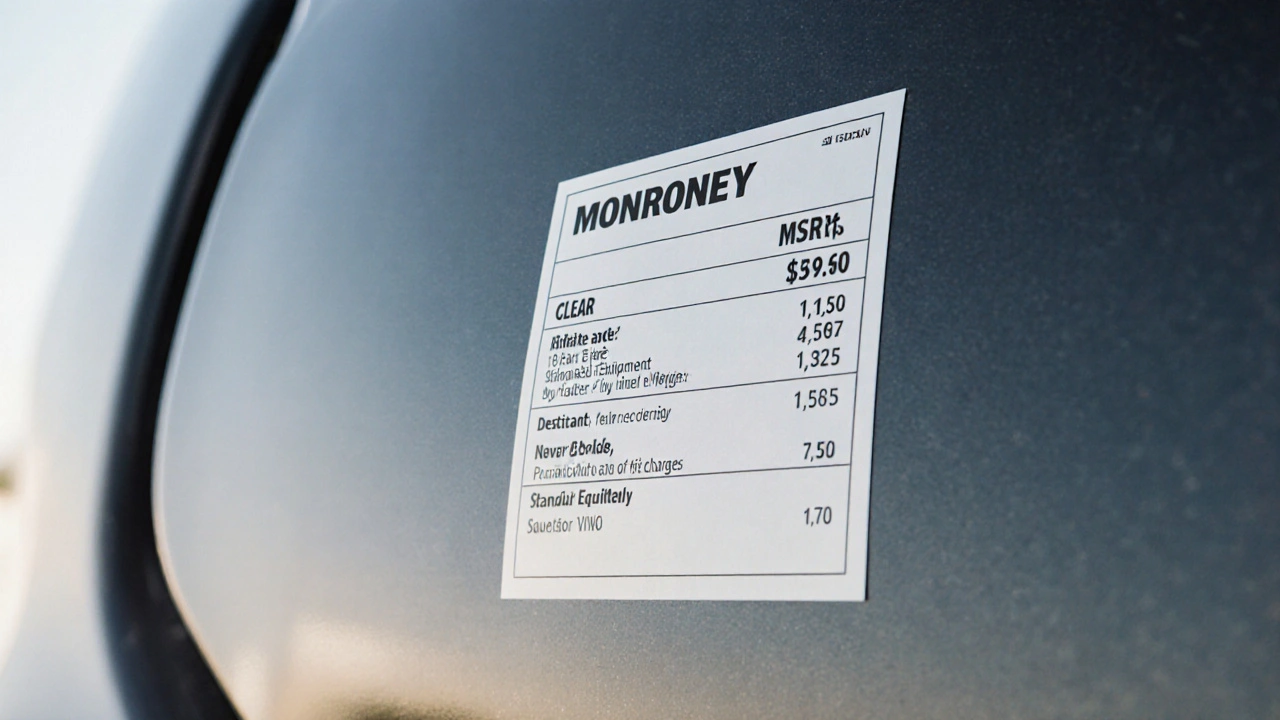When you're looking at a used car pricing, the amount a seller asks for a previously owned vehicle based on condition, mileage, demand, and market trends. Also known as used vehicle value, it's not just what the sticker says—it's what the car is actually worth right now, in your market, with its specific history. Too many people pay too much because they don’t know how to read the real signals behind the price tag.
Used car pricing doesn’t happen in a vacuum. It’s shaped by depreciation, how quickly a car loses value after leaving the dealership. A new car drops 20% the moment you drive it off the lot. After three years, it’s often worth half what you paid. But not all cars fall the same way. Some models hold value like gold—Toyota Camrys, Honda Civics, Subaru Outbacks. Others? They plummet. Knowing which ones keep their worth helps you avoid overpaying for something that’s already crashing in value.
Then there’s trade-in value, what a dealer offers you for your current car when you buy another. Dealers don’t give you the retail price—they give you wholesale, because they need to make room and profit. If you’re trading in, know the difference between what you can get from a private buyer versus what the dealer will offer. A car that’s worth $15,000 to a private buyer might only get you $11,000 at a dealership. That $4,000 gap is where the real savings (or losses) happen.
And don’t forget the car inspection, a professional check of the vehicle’s mechanical and structural condition. A clean Carfax doesn’t mean a car is in good shape. Hidden frame damage, past flood exposure, or worn-out transmission parts won’t show up on a report unless someone physically looked. A $50 inspection can save you $3,000 in repairs later. Skip it, and you’re gambling with your budget.
Used car pricing is also affected by timing. Fall and winter are usually the best seasons to buy. Dealers want to clear out older models before new ones arrive. Spring? That’s when everyone’s shopping for family cars, and prices climb. Holidays? End-of-year sales can drop prices by thousands—if you’re ready to walk in and say yes.
What you’re really paying for isn’t just the car. It’s the history, the timing, the condition, and how well you negotiate. Some sellers pad prices with fake add-ons—extended warranties, paint protection, dealer prep fees—that add hundreds, sometimes thousands, to the final cost. Learn what’s real and what’s just noise. The best deals aren’t the ones with the biggest ads—they’re the ones where you did your homework.
Below, you’ll find real guides from people who’ve been there—how to spot a good deal, what repairs actually cost, how to compare models side-by-side, and how to avoid the traps that cost buyers thousands. No fluff. No hype. Just what works when you’re trying to get the most value out of a used car.
Posted by
Liana Harrow
14 Comments

Learn how to read a used car's window sticker to verify features, spot lies, negotiate better prices, and avoid overpaying. The Monroney label holds the truth - if you know where to look.
read more